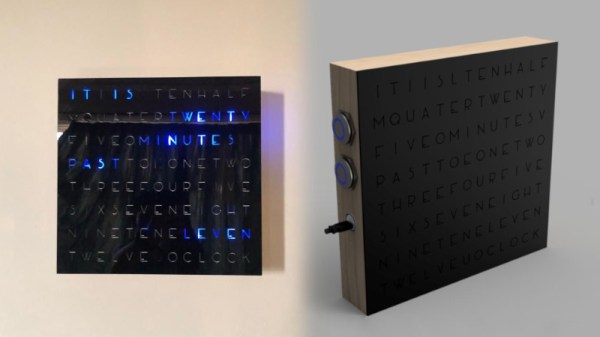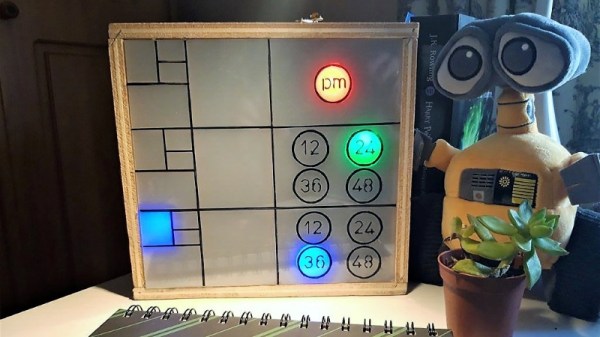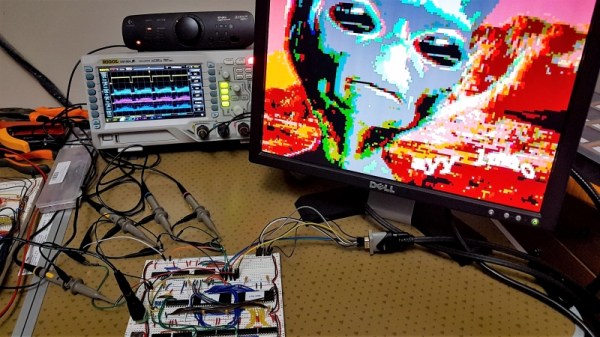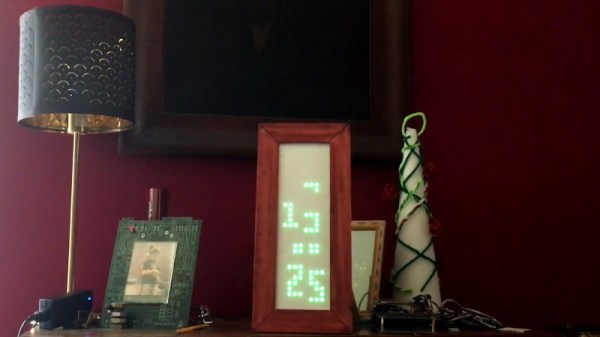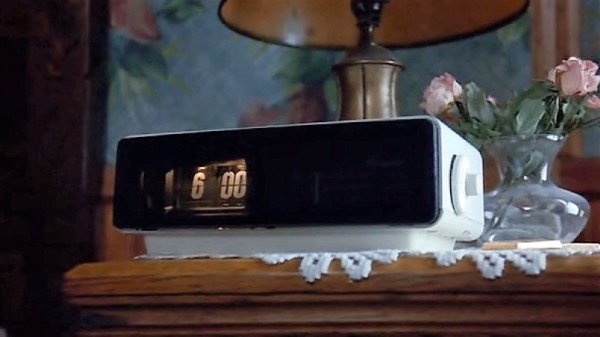Word clocks are a cool way to tell the time. While they could have probably been built back in the 1960s with a bunch of relays and bulbs, they really only came into their own in the LED-everything era. [Vatsal Agarwal] built one of his own, showcasing his maker credentials.
It’s a build that relies on good woodworking practices from the ground up. Maple wood is used for the frame, cut and prepared on a miter saw for accurate assembly. MDF is used for panels that are out of sight, and teak strips act as light barriers to ensure only the right words are lit at any given time. The front panel is a sleek black acrylic piece, adding to the minimalist look. Neopixels serve as the light source, controlled by an Arduino Uno. As a finishing touch, some glowy stainless steel buttons are mounted on the side to control the clock.
It’s a build that serves as a great introduction to woodwork, as well as more modern skills like CAD design for laser cutting, as well as programming. They’re a great way to get stuck into making, and you can even go pocket-sized if you’re truly brave. Incidentally, if you do take up the challenge of an all-analog relay-based build, make sure you drop us a line.

